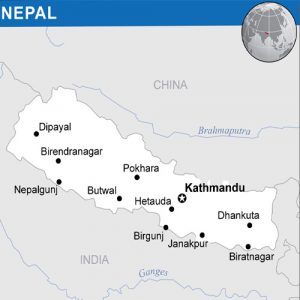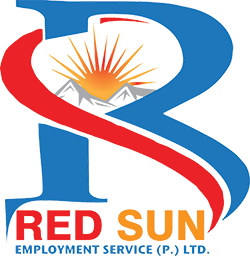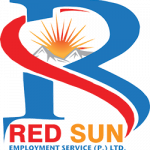About Nepal
- Home
- About Nepal

Capital: Kathmandu (Largest City) 27°42’N 85°19’E
Official Language: Nepali
Demonym: Nepali, Nepalese, Gurkhas
Government: Federal Parliamentary Republic
Legislature: Constituent Assembly
Unification: Kingdom declared 25 Septmber 1768
State declared 15 January 2007
Republic declared 28 May 2008
Area: Total 147,181 km2 / 56,827 sq mi (95th) Water (%) 2.8
Population: 2011 census 26,494,504 Density 180/km2, 518/sqmi (62th)
GDP (PPP) 2012 estimate: Total $ 41.22 billion, Per Capita $ 1,200
GDP (Nominal) 2012 estimate: Total $19.921 billion, Per Capita $ 743
Currency: Nepalese Rupee (NPR)
Time Zone: NPT (UTC +5:45)
Driveson the: Left
Calling Code: +977
ISO 3166 Code: NP
Internet TLD: .np
The mountainous north of Nepal has eight of the world’s ten tallest mountains, including the highest point on Earth, Mount Everest, called Sagarmatha in Nepali. It contains more than 240 peaks over 20,000 ft (6,096 m) above sea level. The southern Terai region is fertile and humid. Lumbini, the birthplace of Lord Gautam Buddha, is located in this region. Lumbini is one of the holiest places of one of the world’s great religions, and its remains contain important evidence about the nature of Buddhist pilgrimage centres from as early as the 3rd century BC.

